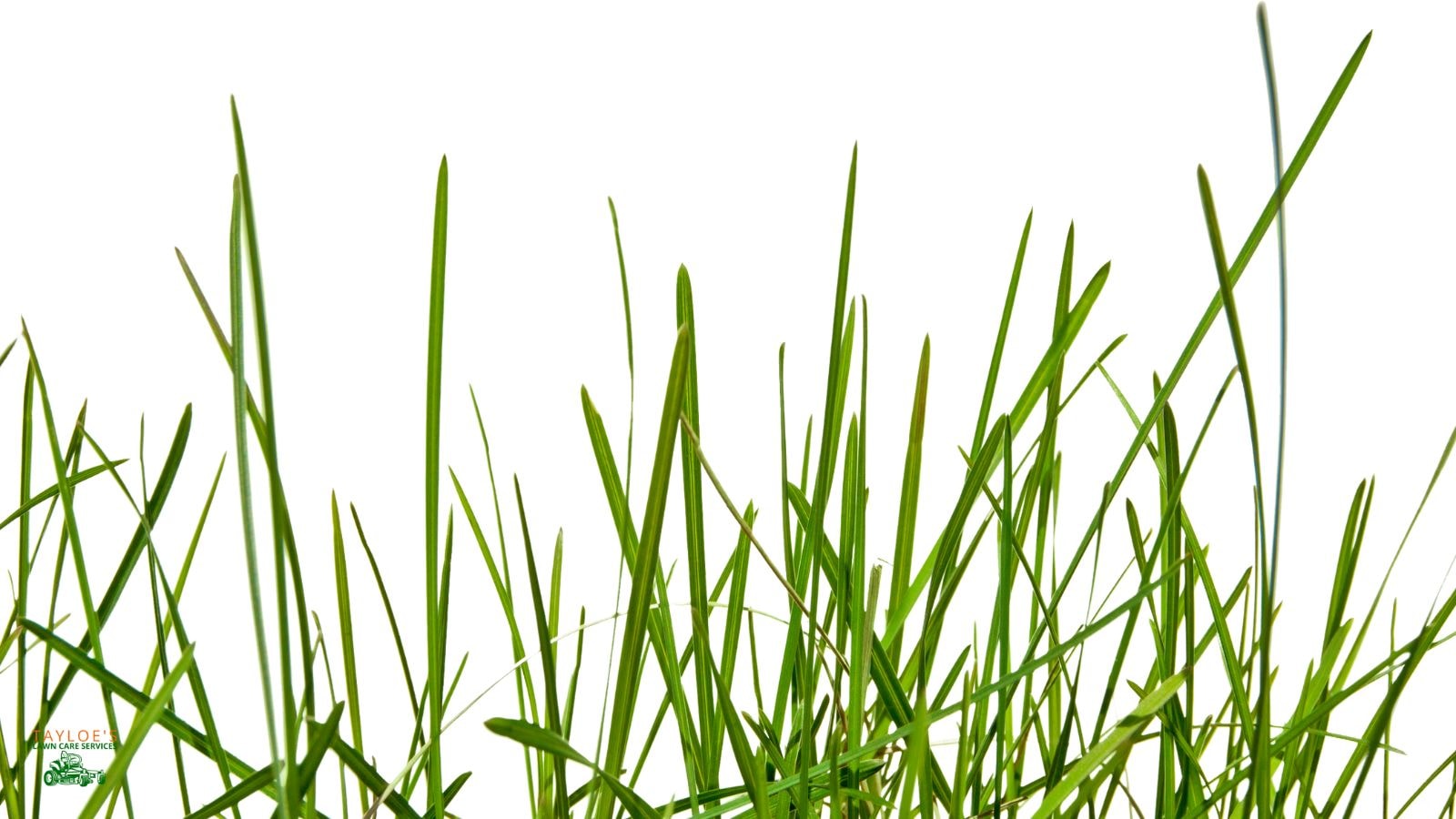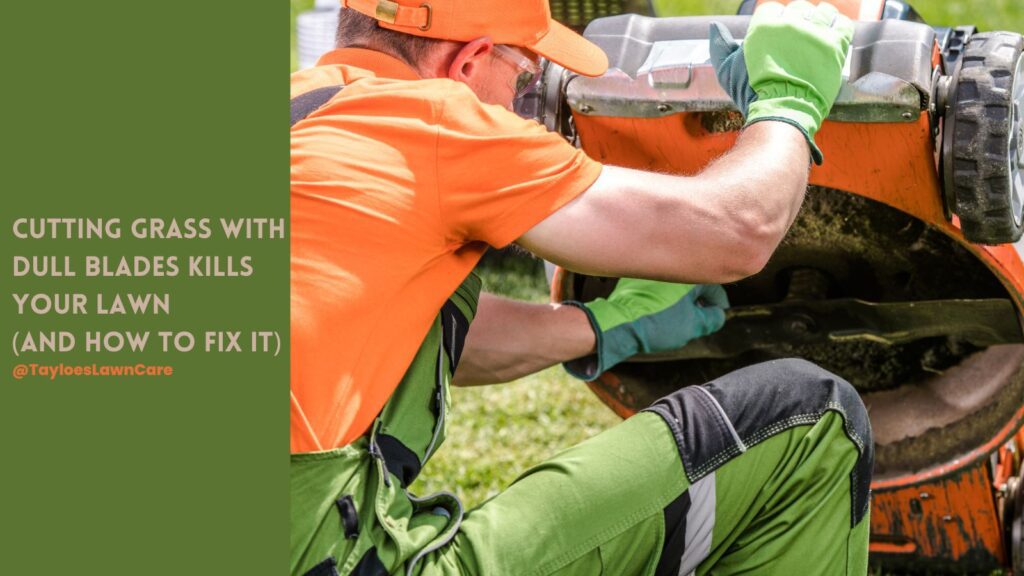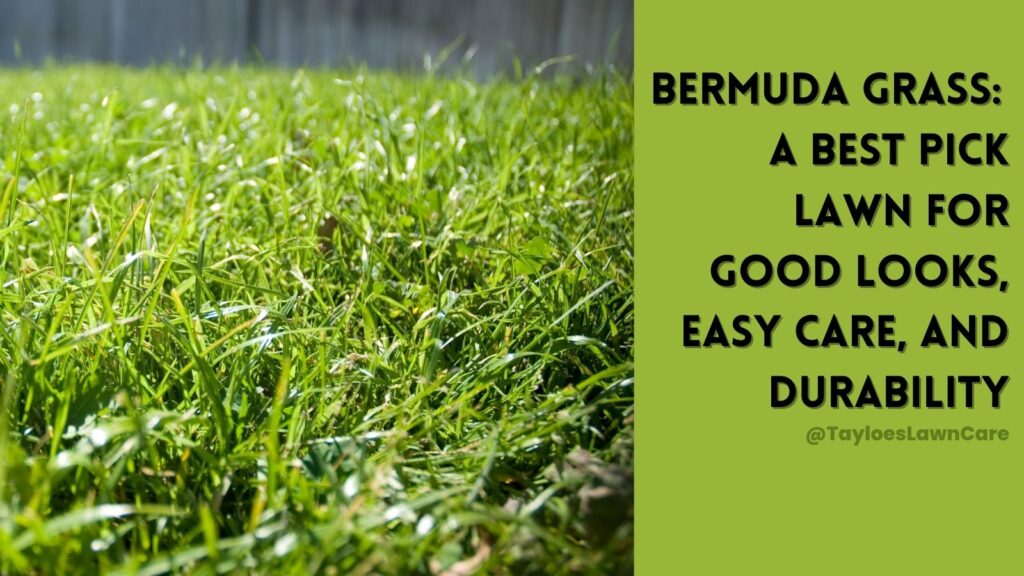Last Updated on: 25th February 2025, 11:37 am

Here’s why you should never cut back over 1/3 of grasses at once.
Maintaining a healthy and thick lawn requires more than just regular watering and fertilizing; it also demands a knowledgeable approach to mowing. One of the most fundamental principles in lawn care is the 1:3 rule, which states that you should never remove more than one-third of the turfgrass height in a single mowing session.
As a lawn care professional, I’ve seen firsthand how following this rule can make a significant difference in the health and appearance of a lawn. Let’s look further into the details of this rule, why it’s crucial, and how to handle situations with unkempt taller grass.
What is the 1:3 Rule?
The 1:3 rule is a guideline that helps maintain the health and vigor of your lawn by preventing excessive stress on the grass plants. According to this rule, you should avoid cutting more than one-third of the grass blade length at a time.
For instance, if your grass is 3 inches tall, you should not cut more than 1 inch off. This ensures the grass can continue to photosynthesize effectively and recover quickly from the cut.
Why is the 1:3 Rule Important?
Here’s how the one-third rule can help you protect your grass and support good health:
Photosynthesis Efficiency:
Grass blades are essential for photosynthesis, the process by which plants convert sunlight into energy. Removing more than one-third of the blade reduces the plant’s ability to photosynthesize, leading to weaker grass and a less healthy lawn.

Healthy Roots Mean Healthy Grass Blades:
Grass roots mirror the length of the blades. When you cut too much at once, the roots can be damaged, leading to a shallow root system that is less drought-resistant and more susceptible to diseases.
Stress Reduction:
Cutting too much grass at once puts the plant under significant stress. This stress can cause the grass to become more vulnerable to pests, diseases, and environmental stressors like heat and drought.
Weed Control:
Thick lawn density is one of the best defenses against different types of weeds. Following the one-third rule, you help maintain a dense turf that can outcompete weeds for resources like light, water, and nutrients.
The Importance of Sharp Mower Blades
Using sharp mower blades is another critical aspect when you mow. Dull blades can tear and shred the grass instead of making clean cuts. This makes your lawn look ragged and increases the risk of disease and pest infestations.
Here’s an example of how vital blades are in keeping your lawn in tip-top shape:
A new customer mentioned their lawn looking dull and uneven despite regular mowing before hiring Tayloe’s Lawn Care Services, LLC. Upon inspection, I noticed their mower blades were dull, so lawn mowing meant they tore the grass and caused injury. After a couple of cuts with sharp blades, we saw an improvement in the lawn’s appearance and health after just two weeks…their second lawn mowing with me.
Here’s why sharp grass blades matter:
Clean Cuts: Sharp mower blades make clean cuts, which heal faster and reduce disease risk.
Less Stress: Clean cuts cause less stress to the grass plants, promoting new grass growth.
Aesthetic Appeal: A lawn mowed with sharp blades looks neat and well-manicured.
Dealing with Unkempt Taller Grass
Sometimes, life gets busy, and your lawn might become overgrown. When this happens, mowing it down to the desired height in one go is tempting. However, this can cause significant damage to your lawn. Here’s a professional approach to managing taller grass while adhering to the one-third rule:
Gradual Reduction:
If your grass has grown too tall, gradually reduce it over several mowing sessions. For instance, if your grass is 6 inches tall and you want it to be 3 inches, start by cutting it to 4 inches, then after a few days to 3.5 inches, and finally to 3 inches. This gradual approach minimizes stress and helps maintain the health of the grass. It also helps avoid unsightly clumps that will smother germination and growth.
Intermediate Mowing:
In some cases, intermediate mowing might be necessary. This involves setting your mower to a higher setting and mowing more frequently until you reach the desired height. This method ensures you never remove more than one-third of the grass height at a time.
Bag Grass Clippings the First Time You Tackle That Tall Grass:
When dealing with taller grass, it’s often a good idea to bag the clippings instead of leaving them on the lawn. Excessive clippings can smother the grass and lead to fungal issues. However, it’s best to leave grass clippings for regular-height lawn mowing as they return valuable nutrients to the soil. Free mulch!
General Tips for Beautiful Grass the Entire Season
Start Early: Begin your lawn care regimen in the first weeks of spring to set a strong foundation.
Prevent Weed Seeds: Regularly remove weeds and use pre-emergent herbicides to prevent weed seeds from sprouting.
Maintain Mowing Height: Adjust your mowing height according to the season and type of grass to prevent stress and promote healthy growth.
Vary Mowing Pattern: Change the mowing direction each week to avoid creating ruts and to promote even growth.
Address Soil Compaction: Aerate your lawn to relieve soil compaction, especially in high traffic areas, to allow air, water, and nutrients to reach the roots.
Ensure Adequate Sun: Trim branches and shrubs that cast excessive shade on the grass, as sun is crucial for healthy growth.
Use Compost: Add compost to enrich the soil with organic matter and improve its structure and fertility.
Monitor Wear: Identify and address areas of wear caused by foot traffic, pets, or equipment to prevent bald spots.
Consider Trees and Shrubs: Take into account the water and nutrient needs of trees and shrubs to avoid competition with your lawn.
Prevent Lean: Avoid placing heavy objects on the grass to prevent damage.
Monitor Branches and Shrubs: Regularly trim branches and shrubs to prevent them from encroaching on the lawn area.
Plan for Pets: Create designated areas for your furry friends to minimize damage to your grass.
Rotate Activities: Vary your landscaping activities throughout the week to avoid over-using any area.
Look for Signs of Stress: Monitor your lawn for signs of stress, such as discoloration or thinning, and address the issues promptly.
Seek Expert Answers: If in doubt, consult a professional for specific advice tailored to your landscape.
These tips will help ensure your lawn remains green and healthy throughout the season.
The Takeaway: The 1/3 Rule of Lawn Care Will Keep Your Lawn Lovely from Spring Until Fall
The 1:3 rule is a simple yet effective guideline crucial to maintaining a healthy, beautiful lawn. By adhering to this rule and ensuring your mower blades are sharp, you can promote vigorous growth, reduce stress on the grass, and keep your lawn looking its best. Remember, patience and consistency are key. If your lawn becomes overgrown, tackle it gradually to avoid causing harm. Following these practices will ensure that your lawn remains lush, green, and the envy of the neighborhood.
Adopting these lawn care principles can make a significant difference. So, next time you head out to mow, remember the 1:3 rule and the importance of sharp blades. Your lawn will thank you!
Prefer to hire a lawn care professional so you can sit back and enjoy the summer season? Call or text Tayloe’s Lawn Care Services, LLC, at 252.287.3376 for help. We’d love to hear from you and would be glad to add you to our schedule.
Author Profile

- Randy Tayloe is the COO of Tayloe's Lawn Care Service, LLC. He is a certified custom applicator, recognized by the North Carolina Department of Agriculture Pesticide Division. A native of Bertie County, NC, and graduate of Bertie High School, he wants to beautify his home county - one yard at a time.
Latest entries
 FaunaOctober 3, 2025Fall decorations that endanger wildlife (and how to avoid the risks)
FaunaOctober 3, 2025Fall decorations that endanger wildlife (and how to avoid the risks) GardeningApril 1, 2025Fountain grasses add colorful foliage and movement
GardeningApril 1, 2025Fountain grasses add colorful foliage and movement GardeningMarch 21, 2025White cloud muhly grass growing guide
GardeningMarch 21, 2025White cloud muhly grass growing guide Lawn CareFebruary 25, 2025Should I mow every week?
Lawn CareFebruary 25, 2025Should I mow every week?







